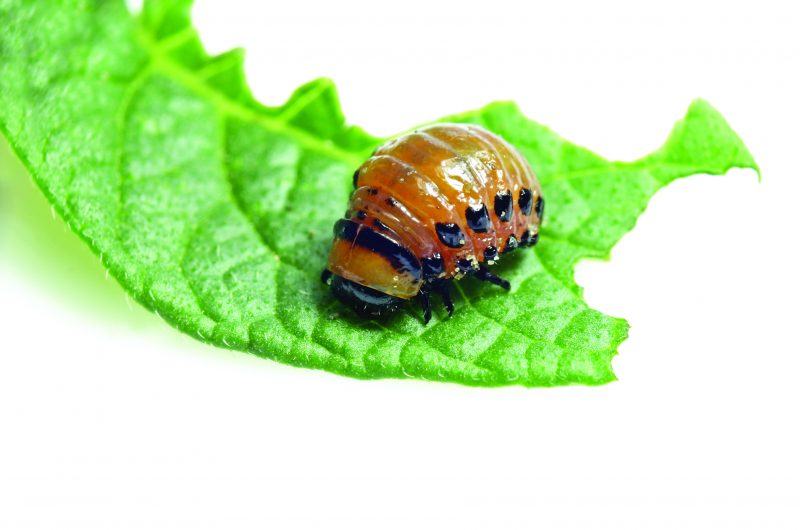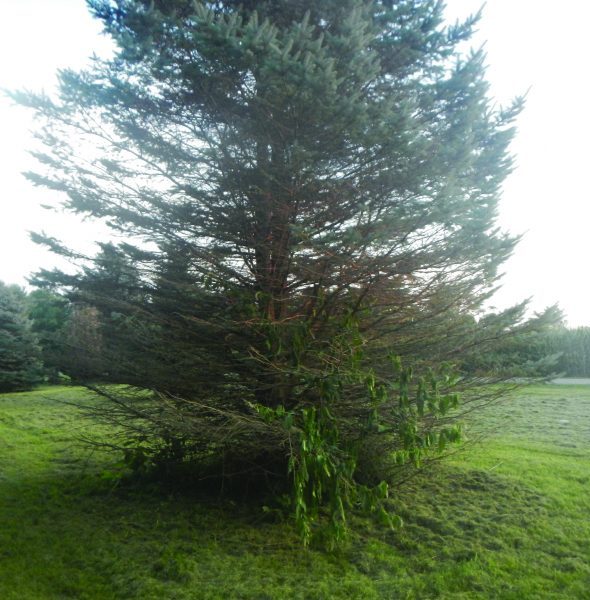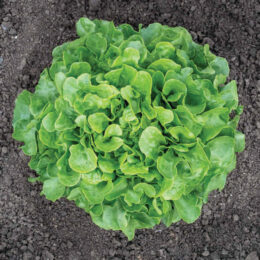 Q: I had potato bugs really bad this year. I picked them off every few days, but they just came back. I tried Sevin, but the rain just washed it off. What can I do about potato bugs? — S. Newland, Columbus, IN
Q: I had potato bugs really bad this year. I picked them off every few days, but they just came back. I tried Sevin, but the rain just washed it off. What can I do about potato bugs? — S. Newland, Columbus, IN
A: There are a number of insecticides labeled for control of Colorado potato beetle on potatoes. Unfortunately, this pest is developing resistance to insecticides when the same product is used repeatedly. So, if you find that one product is not being effective, try switching to a different unrelated product such as Bacillus thuringiensis (sold as BT, Dipel and others), bifenthrin or spinosad. Be sure to read all label instructions and follow the days to harvest restrictions.
Additional strategies include rotating your crop plans out of potato for a year or two. But Colorado potato beetle will also feed on related plants in the nightshade family including tomato, pepper, eggplant, and weedy species such as buffalo bur and black nightshade so you’ll have to avoid those as well.
 Q: We have 5.5 acres with several hundred white pines, seven blue spruce and two red pines. Several of the blue spruce are dying. Several years ago, we had two start dying from the bottom up. We put evergreen spikes around them, and after a year or so, they came back to normal. Presently some of the large ones are now dying from the bottom to the top. We have put spikes around two large and one small, but they continue to deteriorate. The picture above shows one in the front yard which is a beautiful tree, but we are losing it. The problem begins on the bottom branches. How can we save them? Three large and one small are dying. They were planted in the mid 1990s. — Danny Teague, Anderson
Q: We have 5.5 acres with several hundred white pines, seven blue spruce and two red pines. Several of the blue spruce are dying. Several years ago, we had two start dying from the bottom up. We put evergreen spikes around them, and after a year or so, they came back to normal. Presently some of the large ones are now dying from the bottom to the top. We have put spikes around two large and one small, but they continue to deteriorate. The picture above shows one in the front yard which is a beautiful tree, but we are losing it. The problem begins on the bottom branches. How can we save them? Three large and one small are dying. They were planted in the mid 1990s. — Danny Teague, Anderson
A: Unfortunately, blue spruce are not particularly well adapted to Indiana. They suffer in heavy, poorly drained soil as well as from extreme heat and drought. They are also susceptible to a number of fungal diseases.
If caught early, there are some fungicides that can be applied to protect the healthy foliage, but they must be applied early in the season as the new needles are still elongating and then repeated for one or two more applications depending on the season.
Unfortunately, there’s not much that can be done to save them once the injury has progressed to the point seen in your photos. So, when it’s time to replace them, you might consider other species of spruce that are a bit better adapted to our area, such as white spruce and Norway spruce.
You can read more about this blue spruce dilemma at www.purduelandscapereport.org/article/ blue-spruce-update/.
Rosie’s Tip: When planning your landscape, consider species of spruce better adapted to Indiana, such as white spruce and Norway spruce.
Rosie Lerner is the Purdue Extension consumer horticulturist and a consumer of Tipmont REMC. Have a question about gardening? Use the form to send it to us. Or, questions about gardening issues may be sent to: “Ask Rosie,” Electric Consumer, P.O. Box 24517, Indianapolis, IN 46224, or ec@ElectricConsumer.org.



